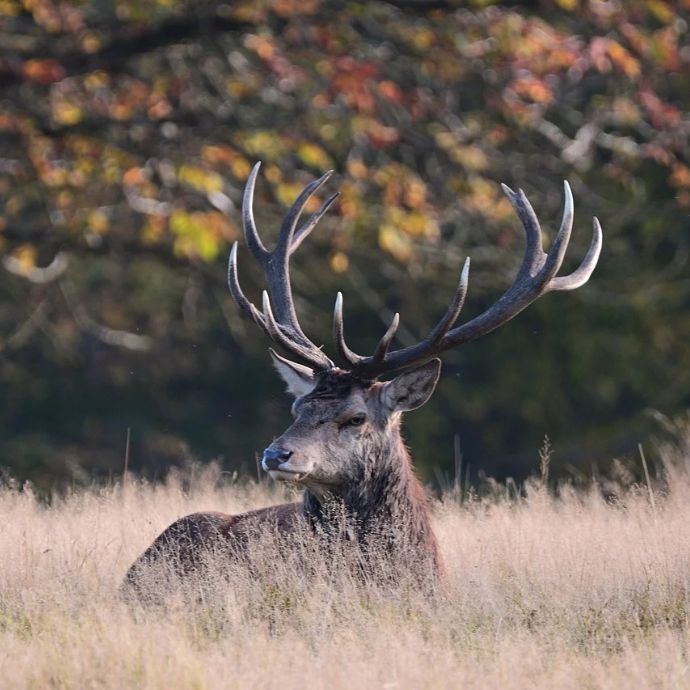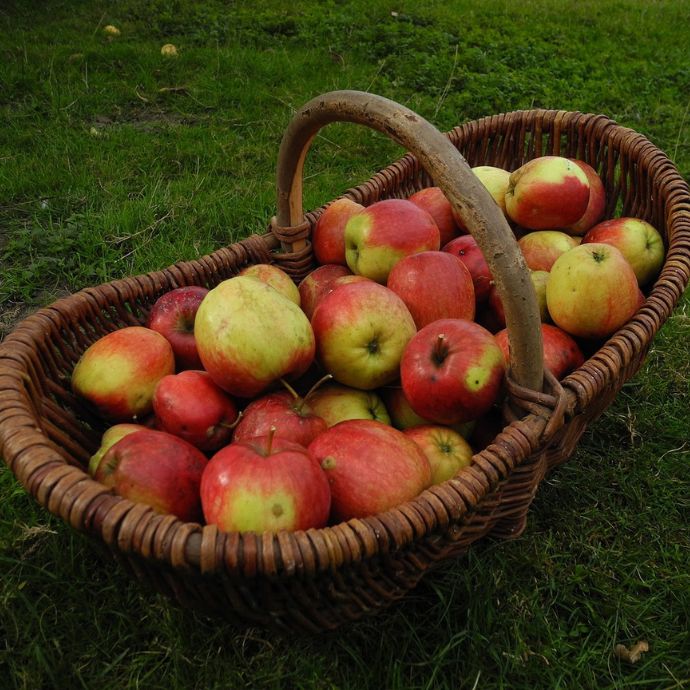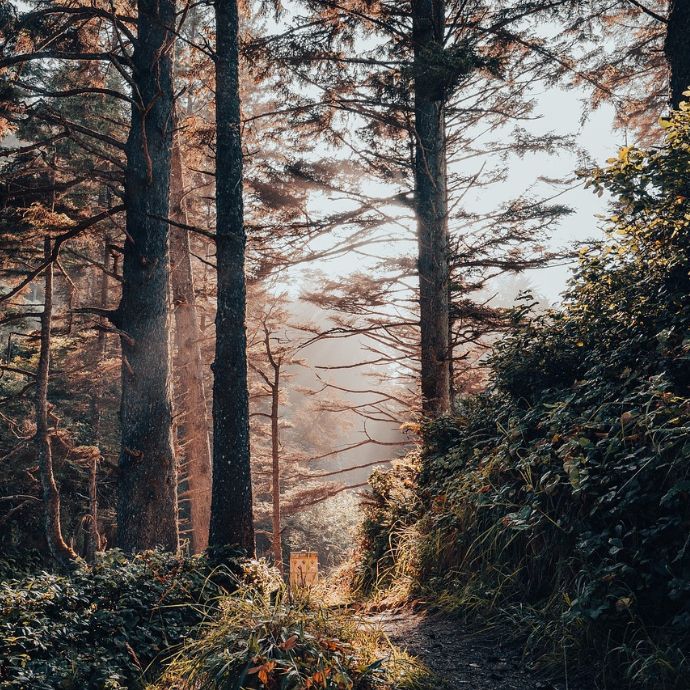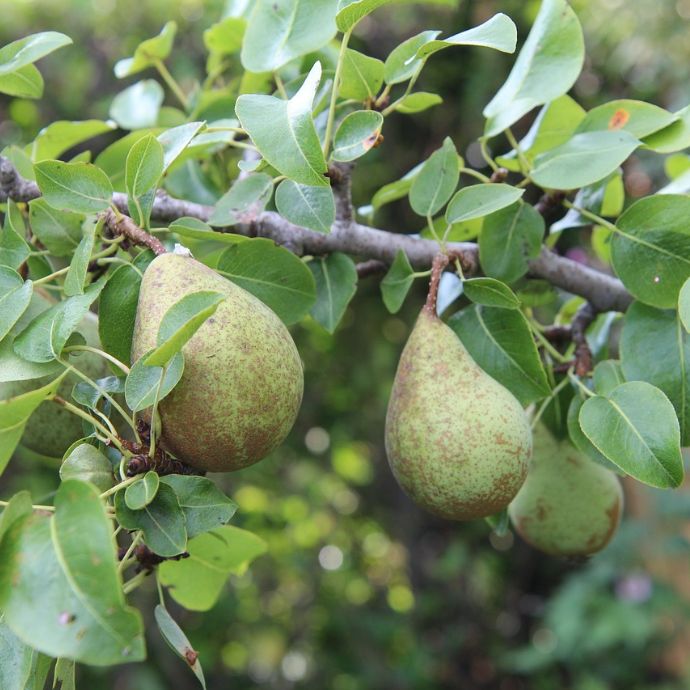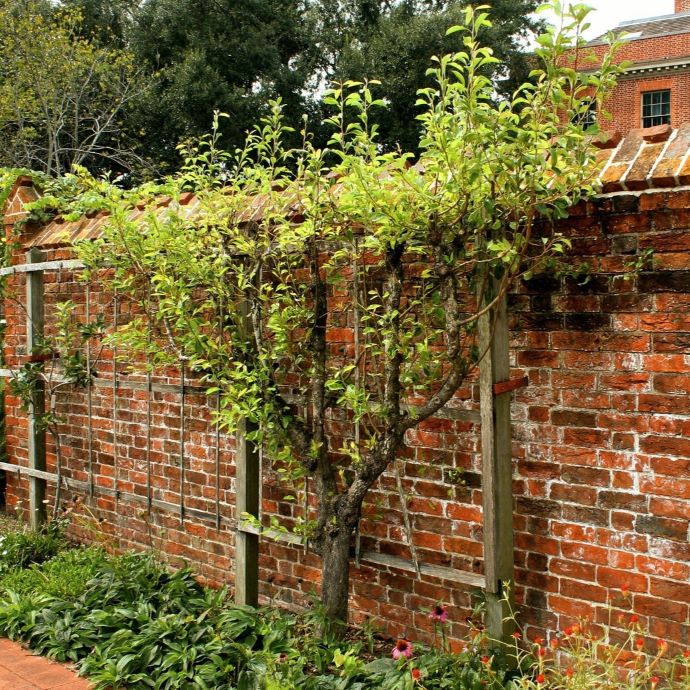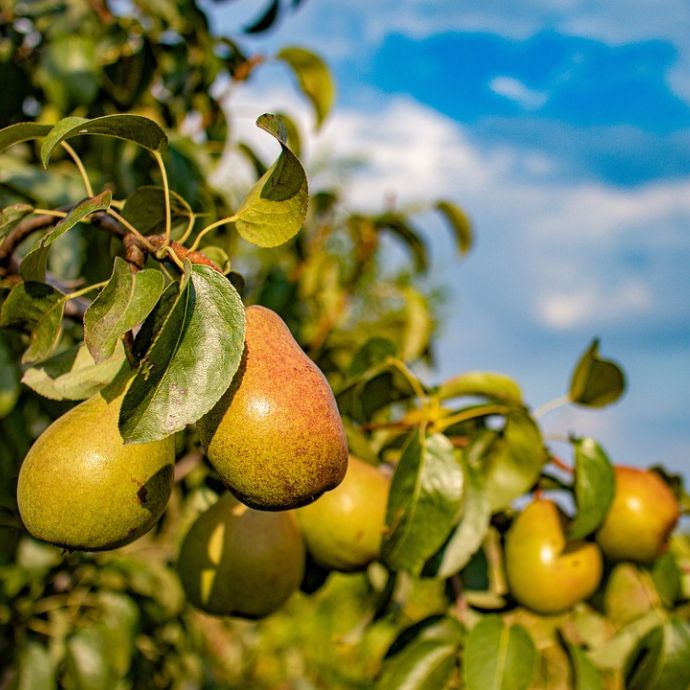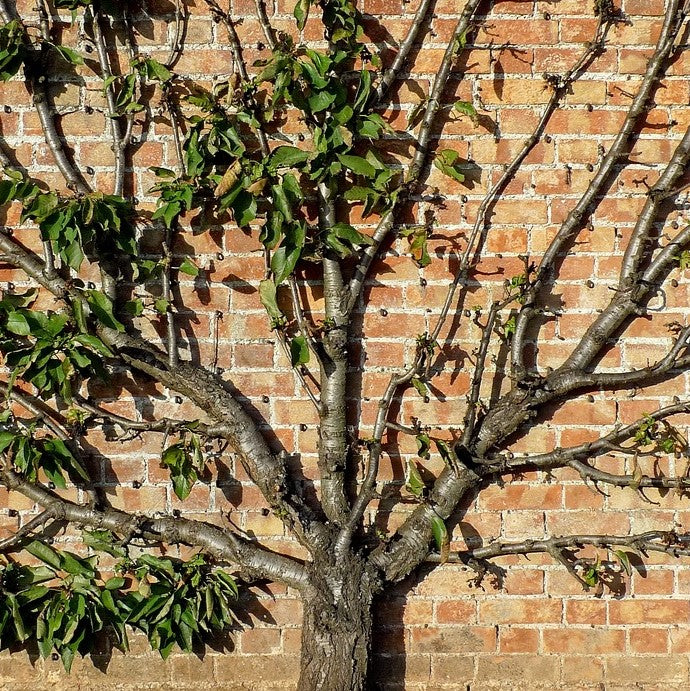Advice & Inspiration
How to Grow Wisteria: Care Tips

Wisteria is the ultimate climbing plant. Its woody vines covered in bunches of warmly-fragranced flowers can transform a wall, pergola or front porch - here's how to care for yours.
Most common Wisteria plant questions
When can I plant Wisteria?
It's best to plant while the plant is not in its growth phase, so between January and April, or October and December.
What kind of soil does Wisteria need?
Wisteria will thrive in any moist, well-drained soil.
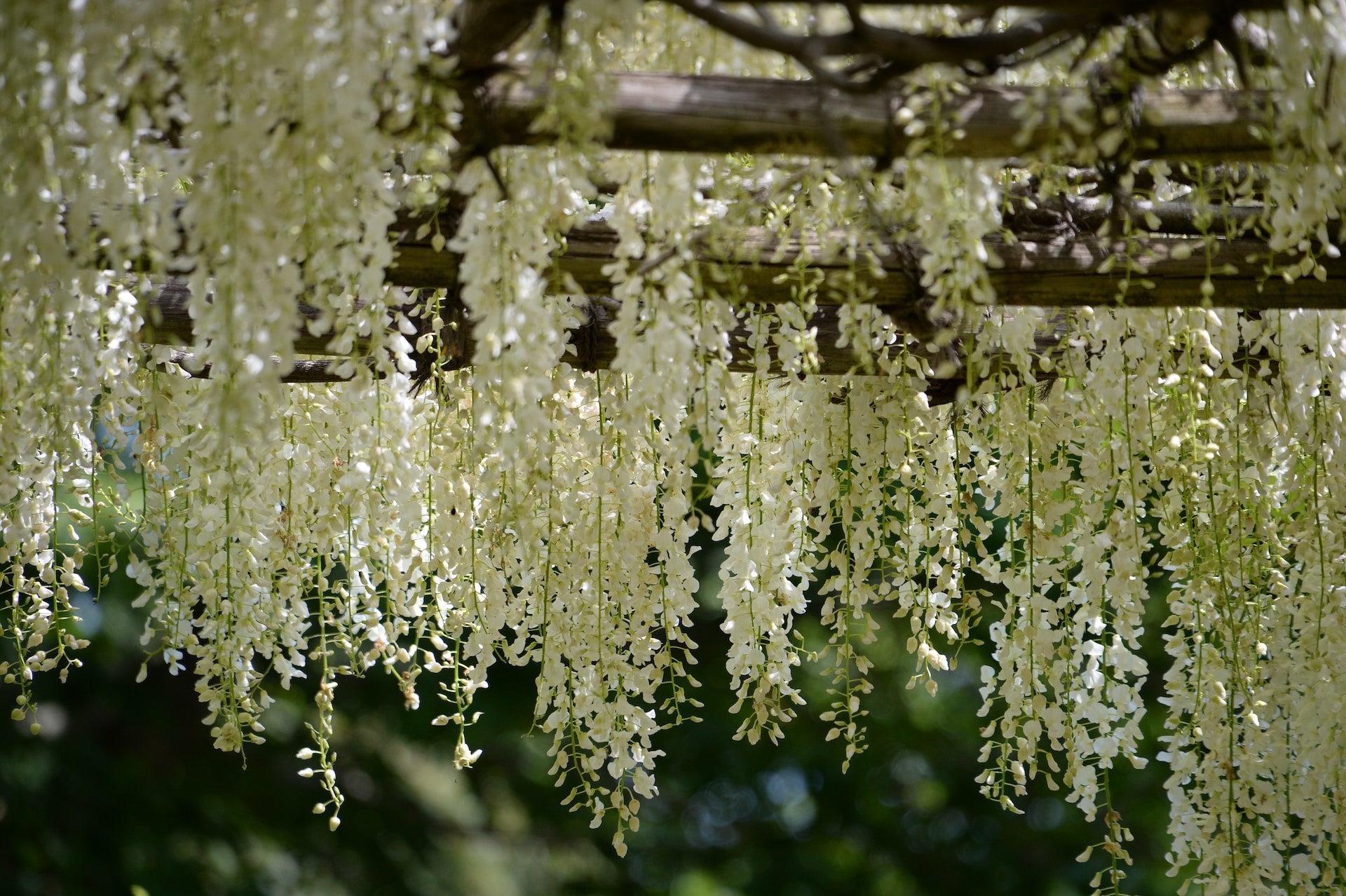
How much sun does Wisteria need?
Wisteria needs a position in full sun or partial shade.
Full sun (six to eight hours of sunlight daily throughout the growth season) is best for flower production, but partial shade (four hours of sunlight) is also fine.
How do you plant Wisteria?
Dig a hole large enough for all the roots to sit comfortably.
Mix in plenty of well rotted garden compost or manure to provide nutrients, and water in well.

Where should I plant Wisteria?
Wisteria needs a position with a lot of space and support.
It's a very long-lived plant and can't easily be moved once settled in, so make sure you choose the right position. Ideally it should, be grown against a solid, South or West facing wall and supported with strong galvanised wires. If growing on a structure such as a pergola, make sure the structure is very strong, as Wisteria can be a heavy plant.
Can I grow Wisteria in a pot?
It is possible to grow Wisteria in a pot, but only if you're training it as a standard tree.
Choose the largest container you can find and fill with a good tree and shrub compost. Water pot-grown plants well and feed them in Spring.

How much water does Wisteria need?
Water well when first planted, and throughout dry periods.
If your soil is very light or sandy, you will need to water your Wisteria more often.
Does Wisteria need feeding?
Feed your Wisteria yearly in the spring.
Use a high potash fertiliser or blood, fish and bone to encourage more flower production.
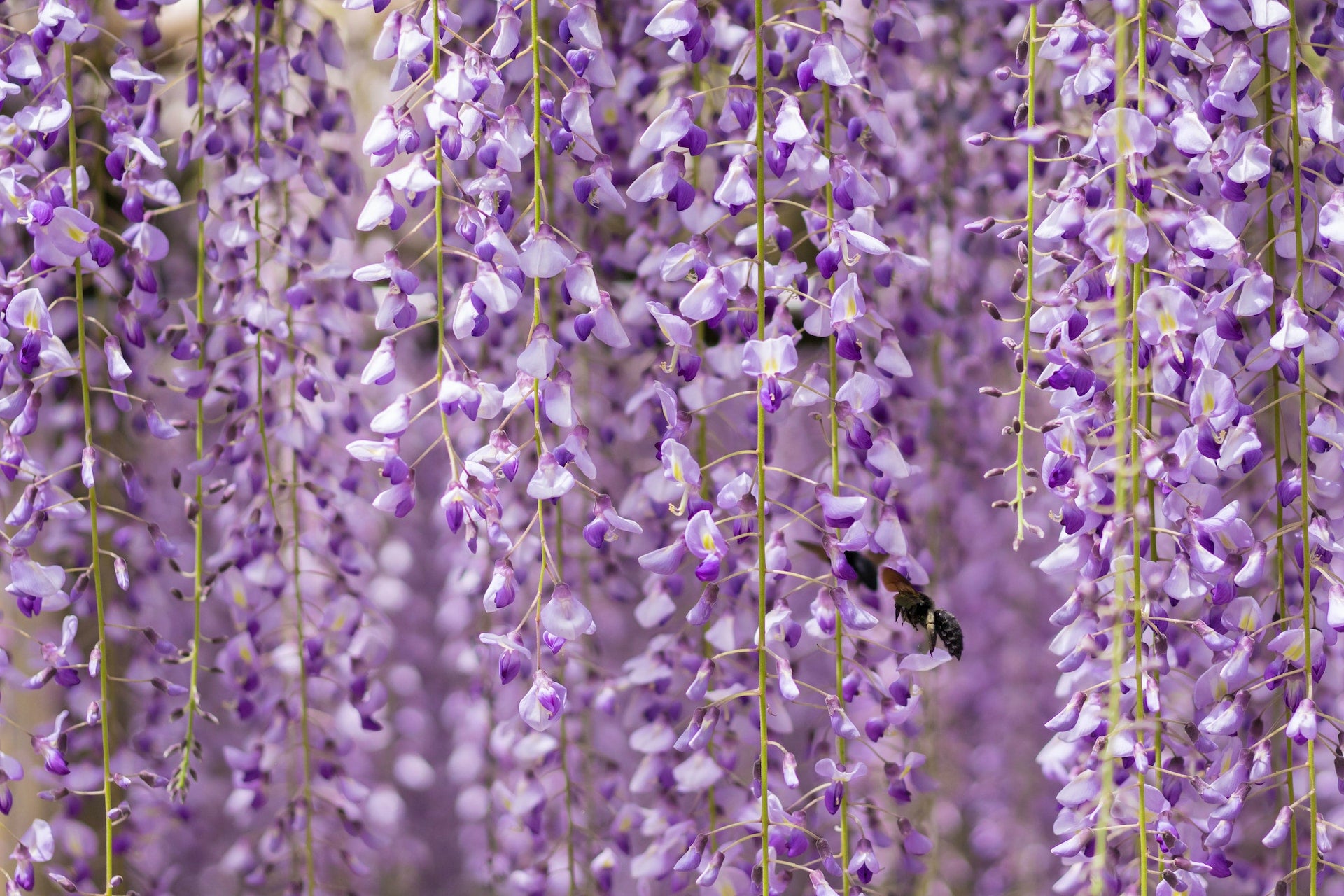
How do I prune Wisteria?
Prune Wisteria twice yearly in February and August.
For the first few years, focus on training the Wisteria into its supports. This means pruning out lower growing branches, training in the stronger side shoots and cutting back side shoots to five buds in early August.
As the plant matures, its pruning needs change. In August, cut back shoots of the current season's growth to five leaves. In February, cut back the same shoots, but to three buds.
Prune out dead wood at any time.
What support does Wisteria need?
Wisteria needs a lot of support as it is a twining climber.
This means it doesn't have suckers, but winds itself around structures. Ideally, train your Wisteria as an espalier, against a solid wall with support from horizontal 3mm galvanised steel wires, spaced about 45cm apart. You can also train your Wisteria on a sturdy pergola or arch, or even through a tree.

When will my Wisteria flower?
Wisteria flowers in May and June.
Why isn't my Wisteria flowering?
Wisteria can take up to five years before they flower.
You won't usually have to wait that long, but patience is key. There are several possible reasons why your Wisteria isn't flowering.
If your Wisteria lacks sunlight or proper drainage, it will become stressed and will produce a lot of foliage at the expense of flowers.
Another reason may be too much nitrogen in the soil. You can draw out excess nitrogen by using a mulch around the plant, preferably made of soft wood or sawdust.
Be very careful which fertiliser you use, as some have a high nitrogen content. If in doubt, test your soil.
Finally, adding phosphorus will encourage more flowers, so apply a fertiliser high in potash/potassium.

Common Wisteria plant problems
Powdery Mildew
In Wisteria, Powdery Mildew appears as dark brown blotches on the leaves, with a yellow margin.
In early summer it can look like a pale green or yellowish mottling which can be mistaken for a virus. Prune out any affected shoots and destroy infected leaves when they fall in Autumn, to reduce the amount of spores around the plant.
Scale Insects
These are tiny insects which suck the sap from plants.
They excrete a sticky sugary substance called honeydew, which can in turn lead to Sooty Mould. They can also appear as scales or shell-like bumps on plant stalks and the underside of leaves.
Check for the insects from Spring onwards, and encourage their predators: ladybirds, parasitoid wasps and birds. If the problem is severe, you can use Steinernema Feltiae nematodes which can be ordered online, or organic sprays and plant oils.
Root Rot
Symptoms of Root Rot include wilting, sparse or yellowing foliage and dieback.
Improving the drainage of the soil can reduce the risk of this, and not allowing the roots to become waterlogged by overwatering

